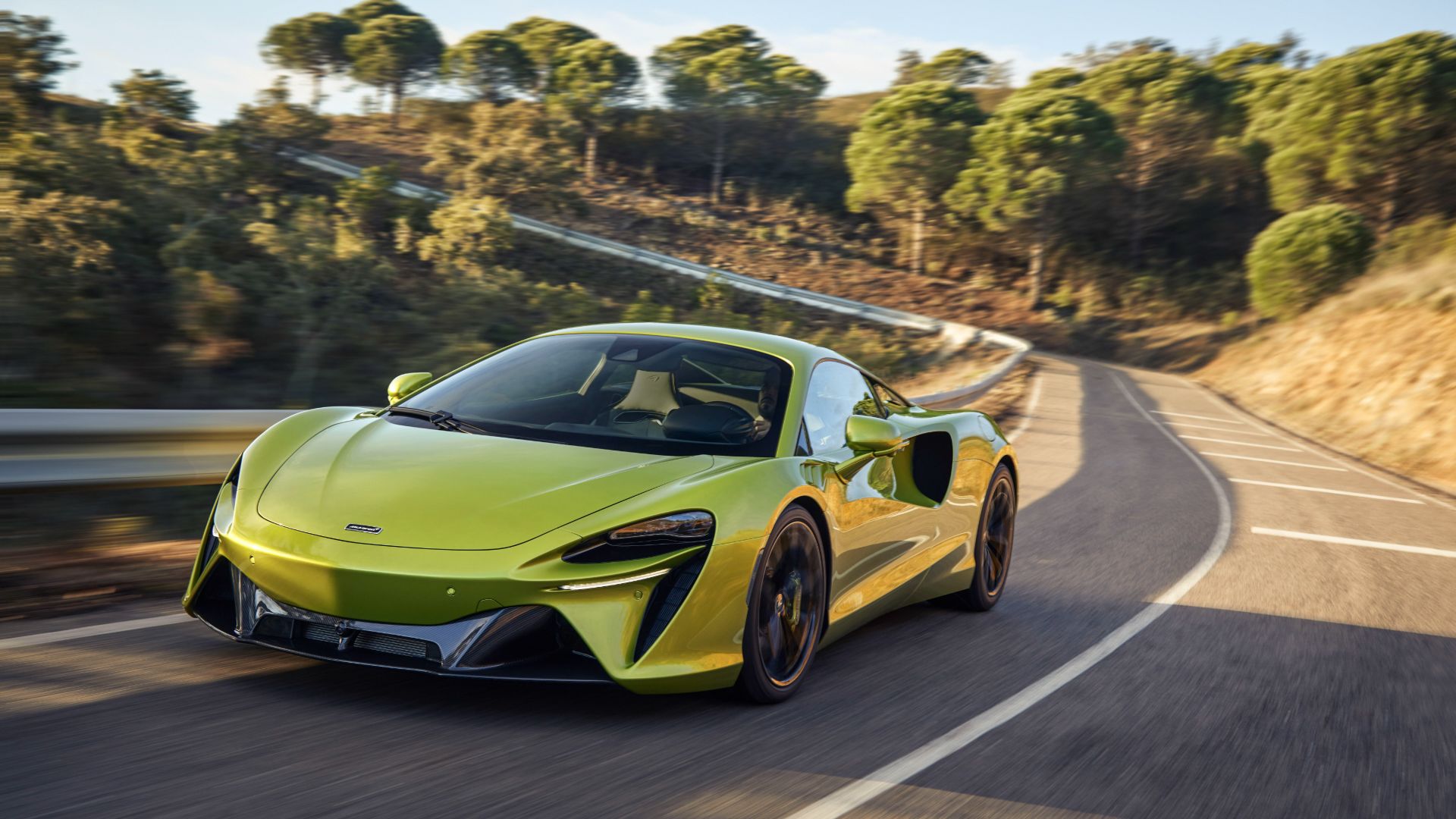
The long-awaited launch of the McLaren Artura is now less than a month away. A plug-in hybrid with a V6 engine, the car represents a step-change for McLaren that will define its next decade. “This is our largest project since the MP4-12C,” says chief engineer Geoff Grose. Given that car brought McLaren Automotive into being in 2011, the stakes are high.
You probably know about the Artura already. If you don’t, start by reading our hands-on preview, which explores its specification, styling and performance statistics. In a nutshell, it’s the replacement for the 570S and other Sports Series models, slotting above the GT and below the 720S in McLaren’s reworked range.
The headline numbers are 680hp, 0-62mph in 3.0 seconds, 205mph, 129g/km CO2 and £185,500.
Here, we’re taking a deeper dive into the technology that shapes this supercar. We speak to the experts who designed and engineered the Artura, as they share their geekiest secrets.
It has a similar V6 to Ferrari
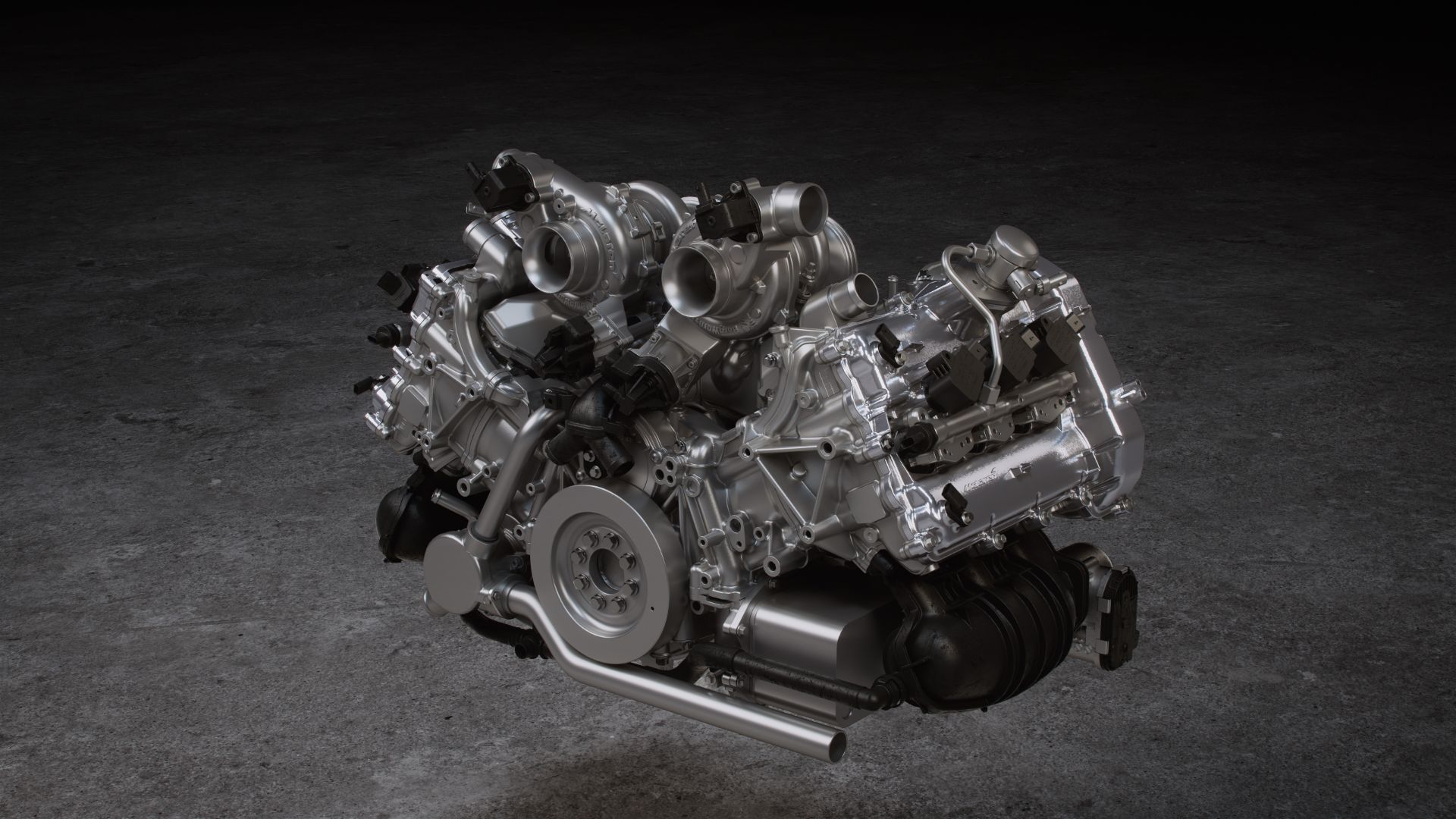
The Artura is one of only two production cars to use a V6 engine with a 120-degree angle between the cylinders. Remarkably, the other is the Ferrari 296 GTB – Maranello’s new rival for the 720S. Ferrari also used the configuration for its 1961 ‘Sharknose’ racer, then later in turbocharged Formula One cars.
From the outside, Artura’s 3.0-litre ‘M630’ engine bears some resemblance to a flat-six – most obviously used by Porsche in the 911. “It’s unusual,” admits Richard Jackson, head of powertrain. “One advantage is it makes the engine very low: 40mm lower than our V8”.
The wide angle also allows for a so-called ‘hot vee’, with the twin turbochargers nestled between the cylinder banks. “It makes for a very dense package with no wasted space,” continues Jackson, “but presents challenges for cooling in a mid-engined car.” To combat these, air is channelled via the Artura’s hungry side scoops through radiators into the top of the engine. It then vents through the ‘chimney’ on the rear deck, which can reach 900 deg C. Watch your fingers.
“This engine is lighter and more compact than any other V6 out there,” I’m told. “And its specific output of 195hp per litre is beaten only by our Ultimate Series cars, the Senna and Elva”. Did we mention it revs to 8,500rpm? And that there’s an electric motor as well?
Reducing the hybrid weight was ‘an obsession’
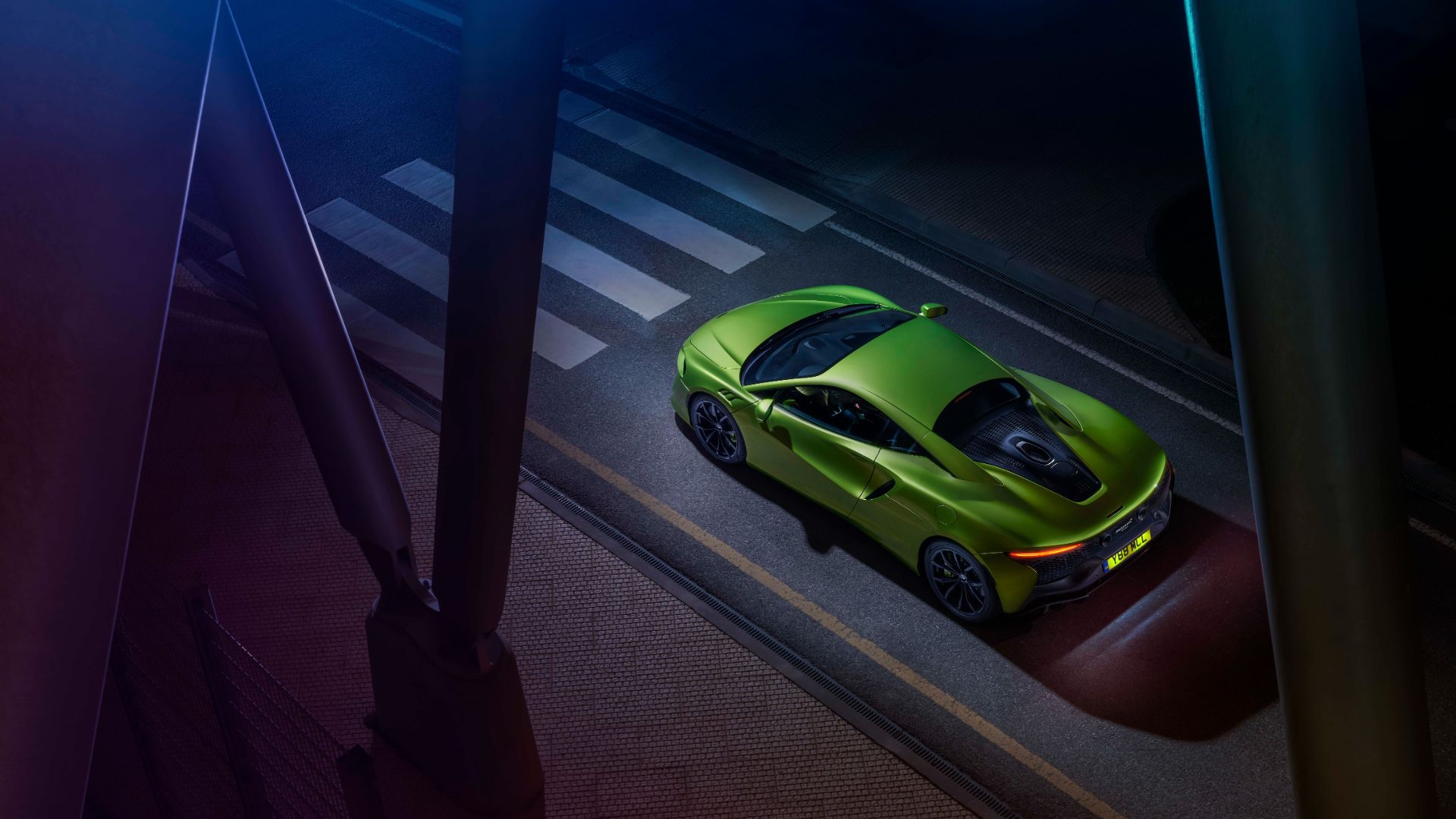
“Minimising the weight penalty was a key focus, probably even an obsession,” says Jackson of the Artura’s hybrid system. The exact numbers haven’t been confirmed, but the V6 is about 50kg lighter than the ‘M838’ 3.8-litre V8 in the outgoing Sports Series, while its electric motor and batteries add around 100kg.
So, reckon on a modest 50kg gain for the Artura powertrain overall. And that’s offset by the extra 95hp and 225Nm of torque from the innovative axial flux motor.
Sunoj George, head of electric drive technology, explains: “A conventional radial flux motor is cylinder-shaped and much heavier. The radial flux machine is a hollow disc and weighs just 15.4kg. That’s half the weight of the electric motor in the P1 – and torque density has doubled.”
George promises a “seamless” driving experience, but one that varies hugely depending on the drive mode selected. Speaking of which…
There are four very different drive modes
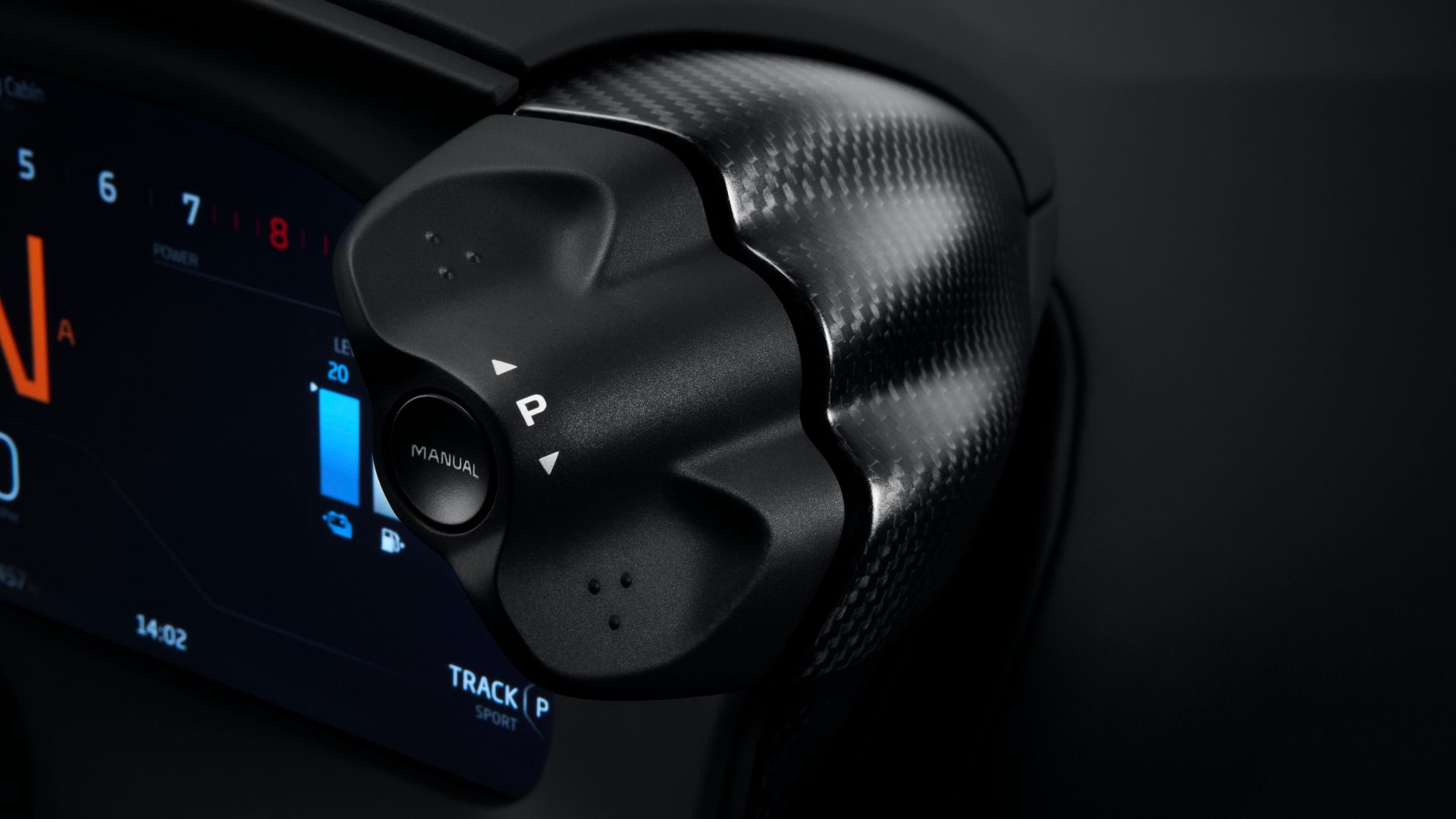
Like McLarens of the past, there are separate settings for handling and powertrain modes. In the Artura, these are selected via rocker switches on either side of the instrument binnacle, within fingertip-reach of the steering wheel.
In Electric powertrain mode, the car offers “near-silent running” for up to 18.6 miles. “It’s perfect for urban environments, and for drivers who want to depart stealthily from their home or return quietly in the evening,” says Geoff Grose. Next up is Comfort mode, also using electric drive at lower speeds: “Typically, the V6 engine will be running above 37mph, then it switches off again below 25mph.”
Sport mode is where things start to get serious. Grose describes this as “the most engaging setting, with lots of driver feedback.” And finally there’s Track mode: “This offers ultimate performance and the best lap-time, with an inertia-push on gearshifts.”
It makes a ‘true supercar sound’
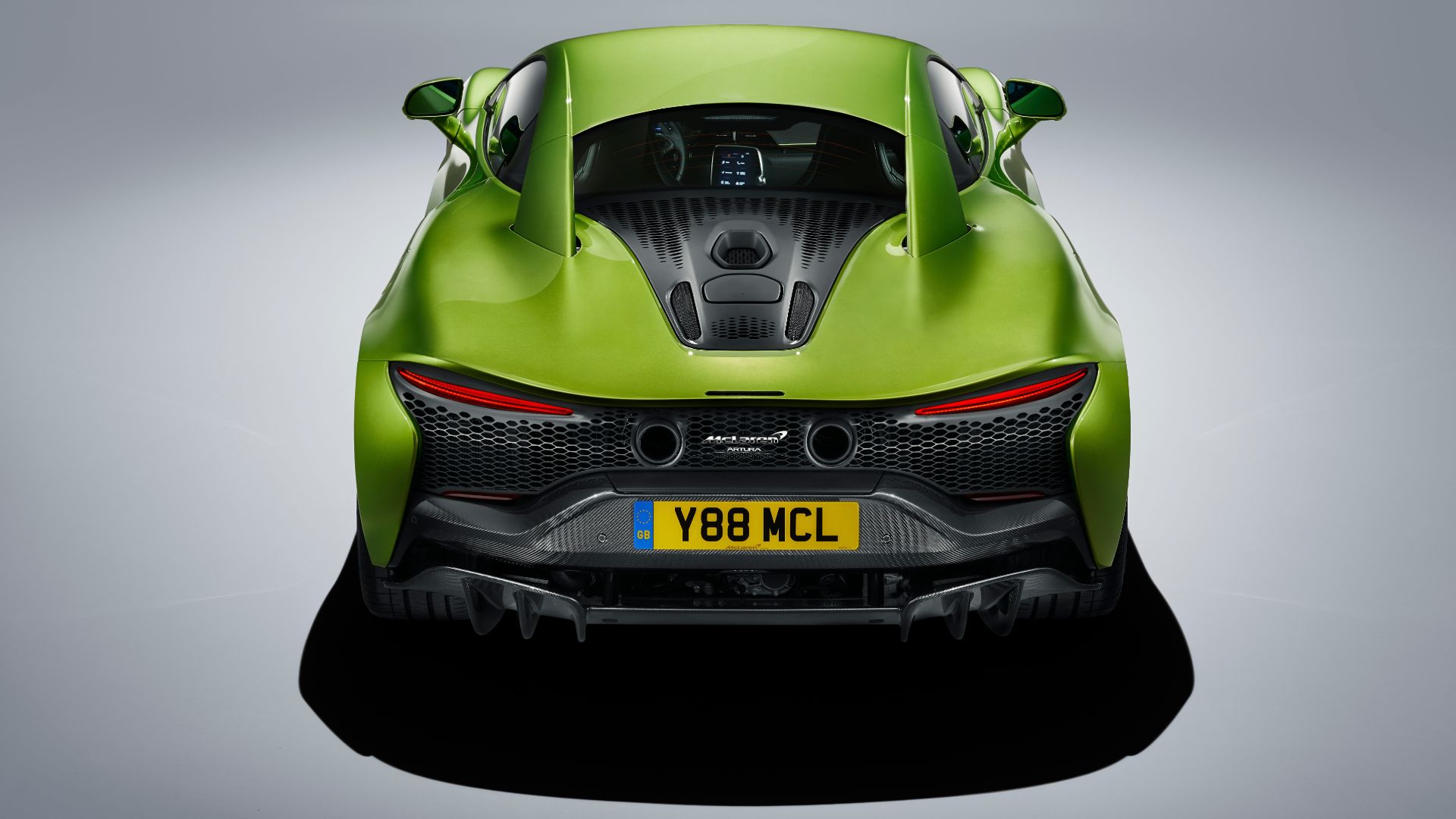
“One of the challenges of moving to a downsized V6 – with capacity reduced from 4.0 down to 3.0 litres – is that there’s less energy in the exhaust system,” explains Richard Jackson. “In addition, some of the after-treatment systems filter out the noises you want to hear from a supercar.”
To help the Artura deliver “a true supercar sound”, McLaren has used equal-length runners on the exhaust manifold, along with minimal pipework – helped by the ‘hot vee’ layout.
Thankfully, there’s no artificial sound pumped through the speakers, but the Artura does have a resonator device in the muffler. “This amplifies the sound at high revs for a real crescendo,” I’m assured. “The driver is rewarded for chasing the redline.”
It’s an all-round supercar
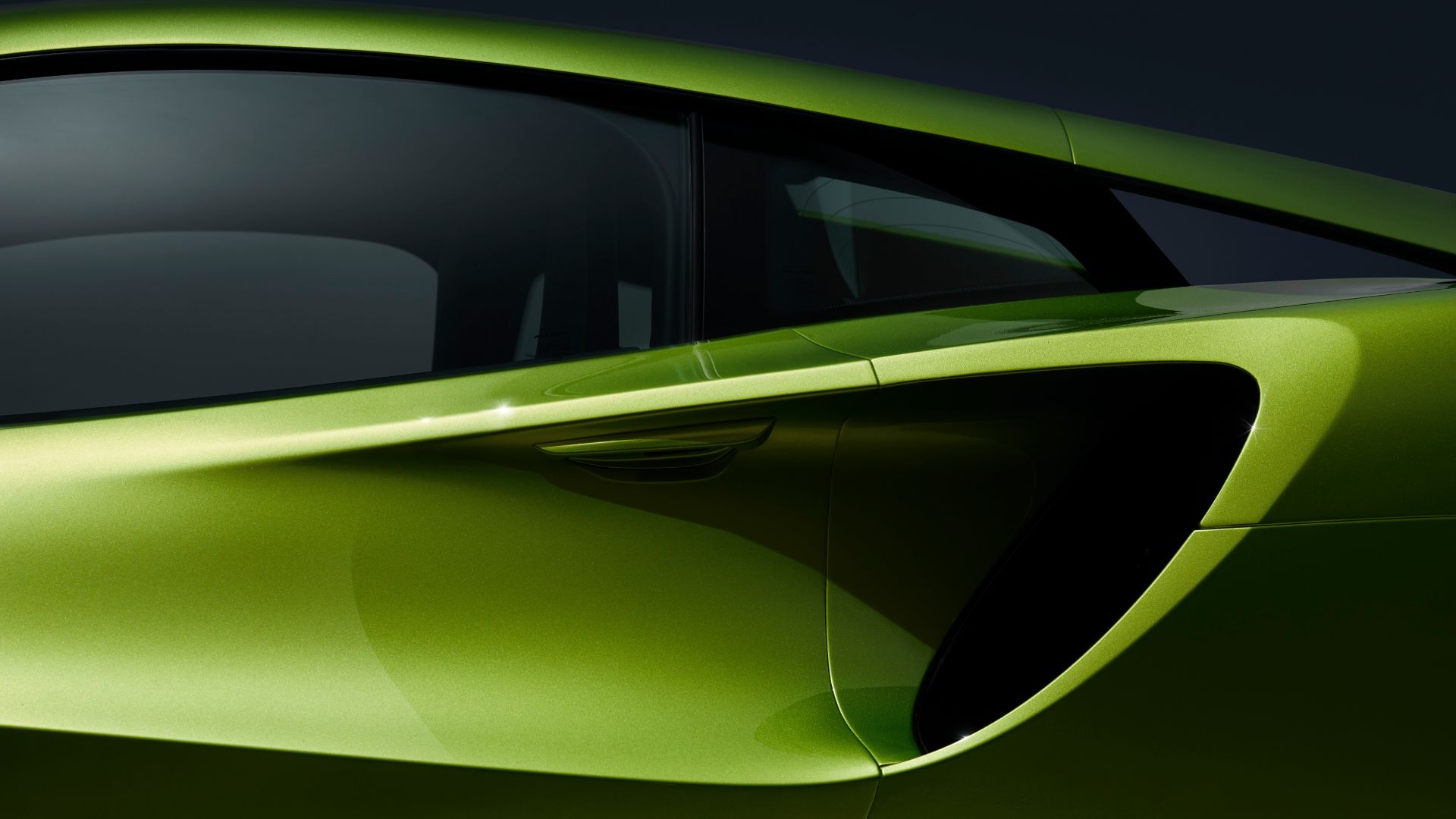
Rob Melville, director of design, does enjoy a metaphor: “If the Senna is our Olympic sprinter and the Speedtail is our Olympic swimmer, this is our Olympic decathlete. We were inspired by forms such as sand dunes, which are sculpted by nature. The superformed aluminium door is a great example of this; its shape shows how air streams expand around the car.”
Indeed, the Artura’s form is very much determined by function. “Everything is distilled down and there for a reason,” Melville continues. “We don’t decorate our cars. We take what you need, then make it beautiful.”
Dan Parry-Williams, director of engineering design, has led development of the Artura’s all-new carbon fibre chassis. “We pride ourselves on lightweight engineering, it seeps into every pore,” he says. “It reduces CO2 and increases the agility of the car – and therefore driving engagement.”
The monocoque is made up of 500 individual parts, which join together in 11 sub-assemblies. All these are then put into a mould, clamped together and resin-injected at high pressure, with the hybrid batteries forming part of the structure. Previously, 20 percent of this process was automated – now the figure is 70 percent. It all takes place at McLaren’s new MCTC factory in Sheffield.
Response is electric… but the brakes aren’t
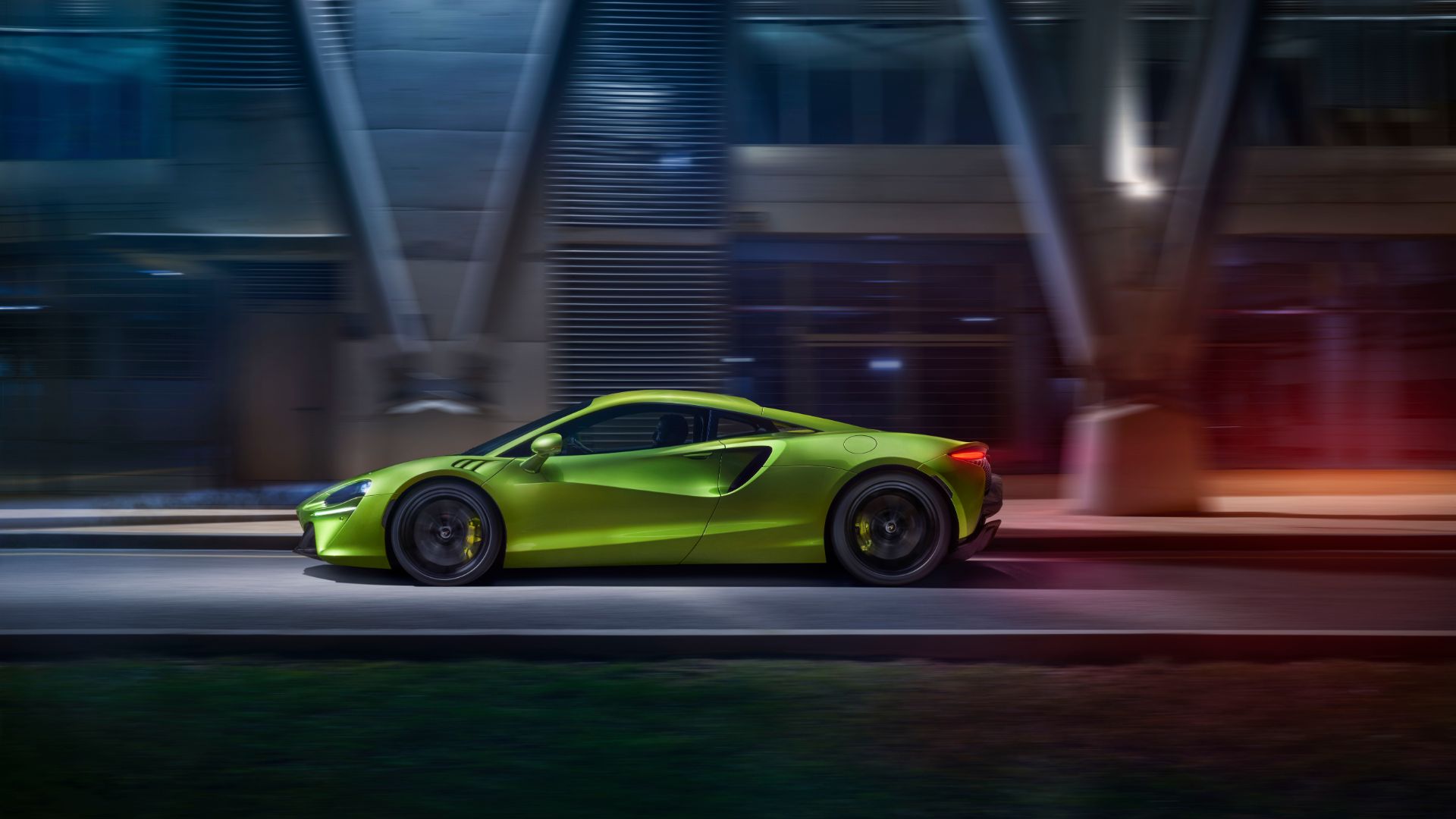
Among hundreds of engineering targets, McLaren uses a metric called T90. This measures how long it takes from moving your foot to the throttle and requesting full torque, to feeling 90 percent of that in the car.
For the Artura, with its ready wallop of electric assistance, that period is just 0.6 seconds: quicker than any roadgoing McLaren so far. “It feels instantaneous,” confirms Geoff Grose.
However, while the throttle gets an electric boost, the brake pedal does not. Grose explains: “We recover energy through engine braking. But we haven’t gone for a ‘blended’ brake pedal, because it takes away from driver feel. We wanted absolute clarity in all of the controls.” No one-pedal driving for Artura owners, then.
The diff is electric… but the steering isn’t
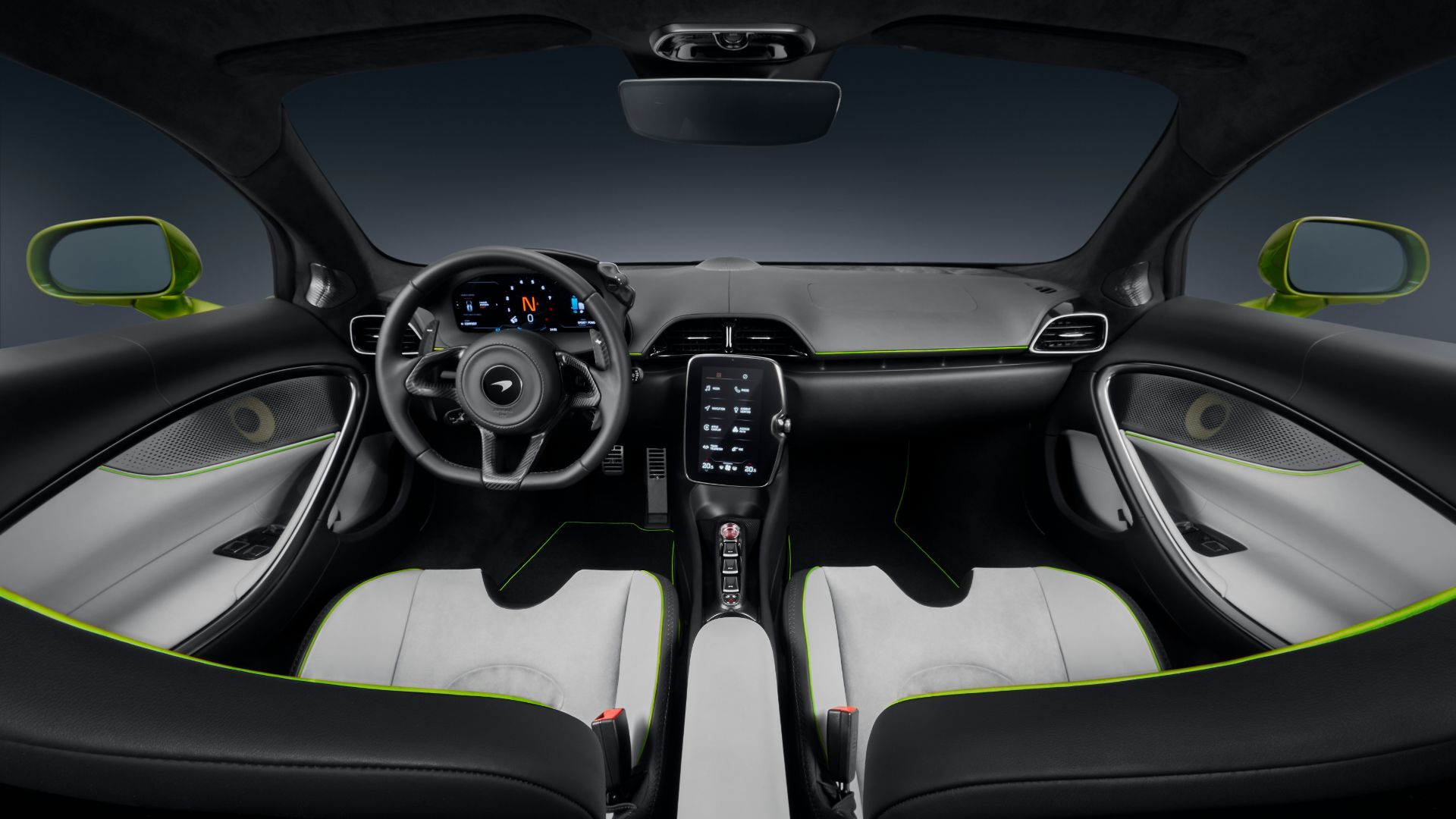
Speaking of clarity, McLaren is one of only a handful of carmakers that hasn’t adopted CO2-saving electric power steering. Grose continues: “We decided to keep hydraulic steering, as it offers great feel and consistency. Those are qualities that McLaren drivers really appreciate.”
Driver feedback was also partly behind the introduction of an e-differential. McLarens to-date have used open rear differentials, which always transfer an equal amount of power to both wheels. The e-diff electronically limits slip if one wheel is losing traction. “It improves stability into corners and traction coming out,” says Grose. “It’s a bit more controllable and seamless than brake-steer, which we’ve used in the past.”
Bespoke Pirelli P-Zero Corsa tyres are another ingredient in the Artura’s dynamic armour. It’s the first car to use Pirelli’s ‘Cyber Tyre’ tech, with a Bluetooth chip inside the rubber to constantly monitor pressure and temperature.
The next step, of course, is driving it, which we’ll do in early June . If the experience feels as impressive as the engineering behind it, the Artura should be rather special.
ALSO READ: